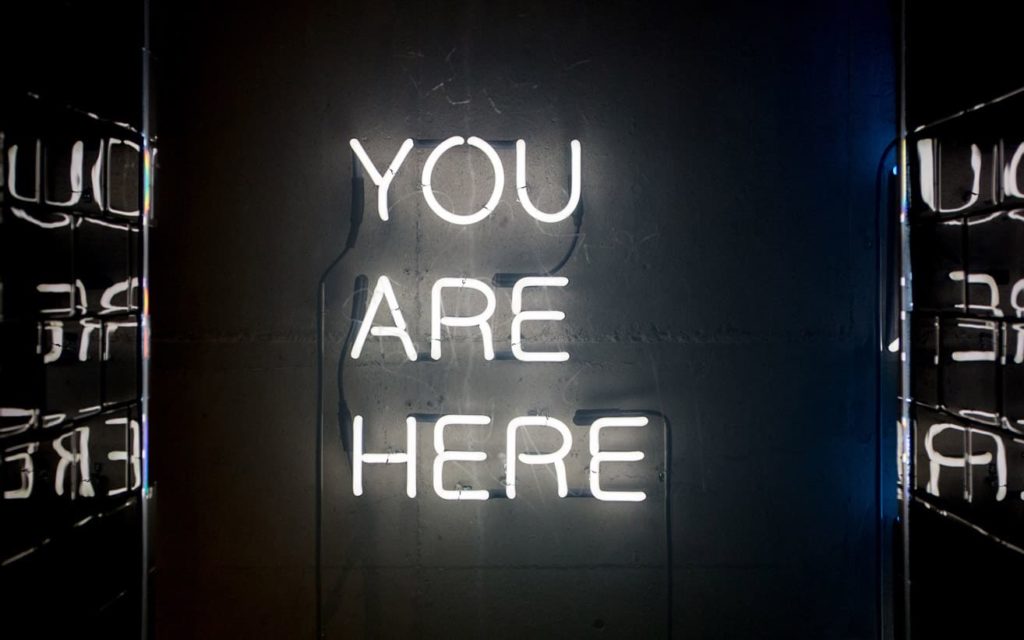In the three days of VRDays, we watched and interacted with at least 10 VR/AR experiences.
We aimed to spend time engaged, not only with the conference, but the technology exhibited. What experiences are being created? What stories were they telling? What activities are users enjoying? How? Why? What came out was a list of what design approaches engaged us most effectively as a consumers of VR/AR.
hello
This is your first moment with your user and first impressions count, so make them count. Don’t do a half hearted intro, no limp handshakes. Set up the language, visual and verbal, and use it throughout. Create a relationship with the user through robots, characters and environment. For example when developing games, menu options are a great way to reinforce the experience of the hello. Think through every step, including user failures and pain points to make sure that the choice of tone is carried into every element. The initial step into a VR experience in particular can be very disorienting. Make sure users are given a clear initial path to follow.
how are you?
The experience the user has will form a personal narrative built on the story, visuals, audio etc of the experience and how they navigate it. Guiding users to the emotional heart of the experience as quickly as possible forms a foundation for them to build their unique narrative around. Whether your user is with refugees in Rohingya, or dancing with kittens in a psychedelic landscape, you want them to feel the corresponding emotion, don’t you? So make sure that whatever the first impression is, it flows with the user continually.
Be cautious. This is not the time to keep the user suspended in fear or anticipation for the entire journey. A helpful technique in creating a journey that allows for emotional shifts is to color code each emotion into the storyboard and see where there are too many instances of one particular colour, and from there decide whether it is justified.
where are we going?
Remember your user unlocks the world you have created, so don’t leave them behind. They are the keystone of the experience you are creating. Everything happens around them. Which is why, when designing experiences, it is not enough to travel as a user, it is just as important to witness users’ journey through the experience. Create landmarks, signage, visual aids that assist the user. Make sure they can see the next places they can go, as well as how to go back where they came from. Prompt them along.
Users will misbehave. It is very challenging to get them to focus where you really want them to. Part of the joy of XR as a whole is that it is a joy to explore, to make your own choices. So make every effort to let them do that without ruining the experience you are creating for them.
There are several ways to think about the creation of that journey; some consider the user the hero of the story and design around that, some consider the story as central to the experience. But what if we asked one question; what would you like the user to know, experience, feel, when they take off the VR goggles or step out of the AR experience? Design with that one idea in mind and guide the user to that. Let that become the centre from which all aspects of the story pull towards and lead from.
see you later
Create a community around the experience and find ways to engage with them continually. Use platforms like social media, apps and forums to support and enhance the experience.
One of our favorite quotes was shared by Isobel Tewes. Quoting Bernie Yee from First Contact who said that
“VR can be overwhelming and it can be lonely… Having someone - even a robot - acknowledge your actions is something we found to be really powerful”.

First Contact
Your user is human and is having a human experience. An essential part of being human is to be witnessed. Make sure that your VR/AR experience is built around that. Don’t let your user feel lonely in what is a solo experience.



